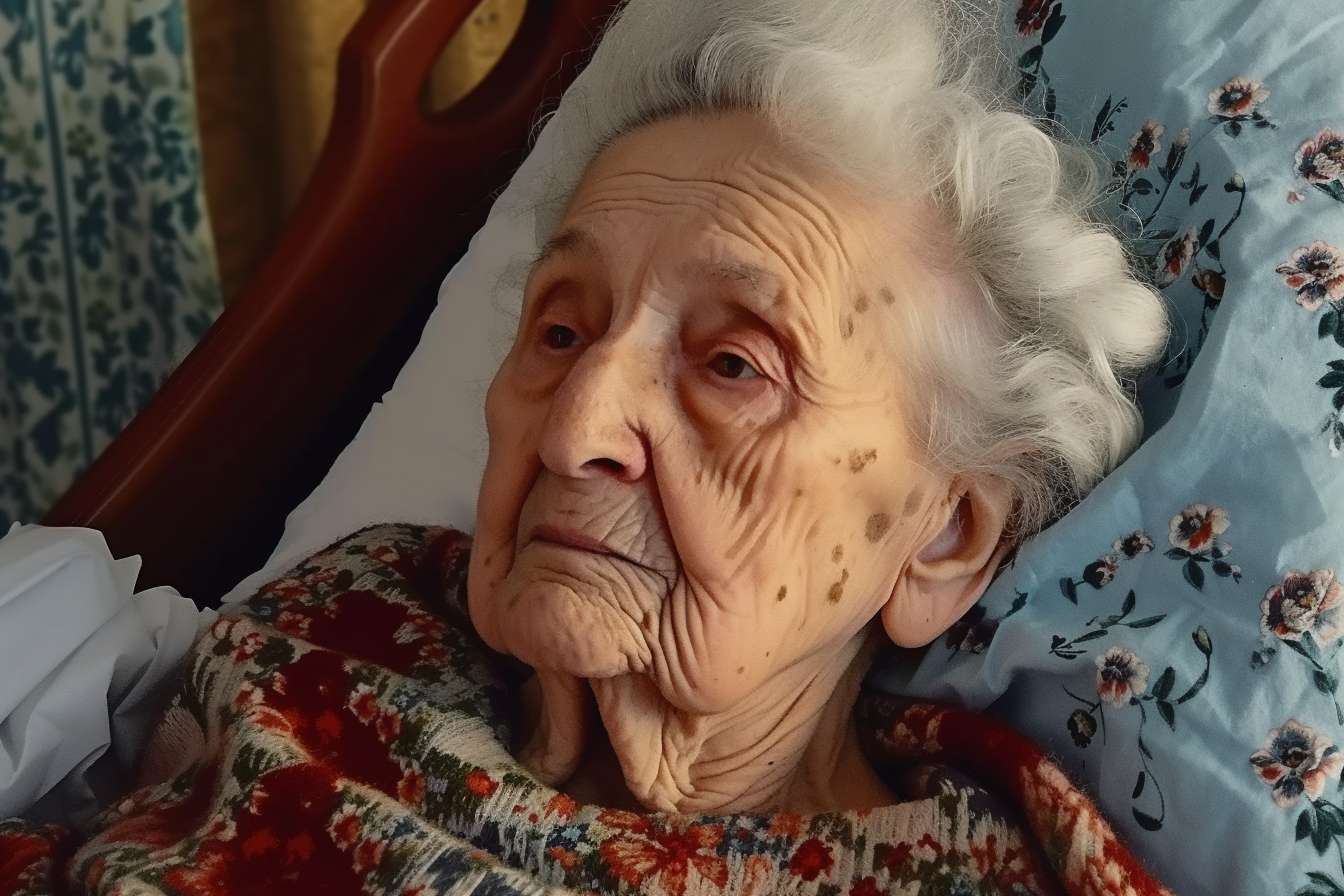Choosing Senior Living: Practical Guide for Families
Deciding where an aging loved one should live is a big decision. This practical guide explains senior living options — from independent living and assisted living to memory care and skilled nursing — and covers services, staffing, costs, evaluation tips, and transition planning to help families compare care levels and find the best fit.

Choosing Senior Living: Practical Guide for Families
Understanding the spectrum of senior living
As people age, housing needs often change. Senior living spans a wide range of models so families can match the right environment to a loved one’s abilities and preferences. At one end are independent living communities that prioritize convenience, social life, and maintenance-free living. At the other end are skilled nursing facilities delivering 24/7 medical care and rehabilitation. Between these extremes sit assisted living for help with daily activities and memory care for people with dementia.
Knowing the differences helps families make informed choices. Independent living focuses on lifestyle and social programming; assisted living adds personal care such as bathing, dressing, and medication assistance; memory care pairs similar supports with secure spaces and specialized programming; skilled nursing provides intensive clinical services and ongoing nursing oversight.
Typical services and amenities to expect
Modern communities offer a blend of conveniences and supports designed to improve health and quality of life. Common services include prepared meals or dining programs, housekeeping, laundry, on-site or scheduled transportation, and active calendars of social and recreational activities. Fitness centers, classes, and wellness coordination are increasingly standard features. Assisted living and memory care add personal care support, medication management, and emergency response systems such as pendant alarms.
The exact offerings vary by provider and care level. Some locations provide therapy services like physical or occupational therapy, rehab programs, or short-term respite stays. Memory care units usually have secure exits, staff trained in dementia care, and activities tailored to residents with cognitive impairment.
How to evaluate communities in person
Start by clarifying priorities: proximity to family, medical and personal care needs, social opportunities, and budget. Visit several communities and observe daily life. Note how staff and residents interact, the cleanliness of common and private areas, and visible safety features like handrails and good lighting.
Ask direct, practical questions during each tour: What are staff-to-resident ratios on different shifts? How is medication administered and documented? What emergency protocols and evacuation plans exist? Request recent state inspection reports and ask about staff training, certifications, and turnover rates. Review the activity calendar for options that match the resident’s interests, and if possible, speak with current residents and their family members for candid feedback.
Also test the experience at different times of day to see how meals, medication rounds, and social activities are managed. If the community offers trial stays, take advantage of them to see how well the environment suits your loved one.
Financial planning and cost considerations
Costs vary widely based on location, amenities, and required care intensity. In addition to monthly fees, factor in move-in or entrance fees, additional charges for higher care levels, and extra costs for services such as therapy, special diets, or Alzheimer’s programs. Long-term planning should consider personal savings, pensions, long-term care insurance, and possible benefits like veterans’ aid or Medicaid where eligible.
Families should ask how pricing changes are handled, whether contracts include refund policies, and what triggers a required move to a higher level of care. Understanding these contract terms up front prevents surprises later.
| Type of Care | Average Monthly Cost | Typical Services Included |
|---|---|---|
| Independent Living | $2,000 - $4,000 | Housing, meals, activities, maintenance |
| Assisted Living | $4,000 - $7,000 | Above plus personal care assistance |
| Memory Care | $5,000 - $8,500 | Specialized dementia care and security |
| Skilled Nursing | $7,000 - $12,000 | 24/7 medical care and rehabilitation |
Prices, rates, or cost estimates mentioned in this article are based on the latest available information but may change over time. Independent research is advised before making financial decisions.
Planning and easing the move
Transitioning to senior living requires both logistical preparation and emotional support. Start conversations early and include the older adult in decisions as much as possible. Create a reasonable timeline for downsizing and decluttering; many providers or local services offer move coordinators to help sort, pack, and set up a new apartment.
Coordinate with facility staff on a move-in plan that addresses medication transfer, medical records, personal care needs, and social integration. Bring familiar items and photos to make the new space feel like home, and plan visits with family and friends in the early days to support adjustment.
Short-term or respite stays let seniors experience the community without a full commitment. These trial periods help families judge fit and allow staff to evaluate if the community meets the resident’s needs.
Making the final choice
Choosing the right place comes down to balancing current care needs, lifestyle preferences, and finances. Compare several options, revisit top choices at various times, and confirm the community has the capacity to meet evolving needs. Pay close attention to contract details, especially about care transitions and how price increases are managed.
The best community preserves independence where possible, offers appropriate care, and provides meaningful social engagement. Take time to gather information, seek input from family and healthcare providers, and prioritize a setting where the senior will feel safe, respected, and connected.
This article is for informational purposes only and should not be considered medical advice. Please consult a qualified healthcare professional for personalized guidance and treatment.





